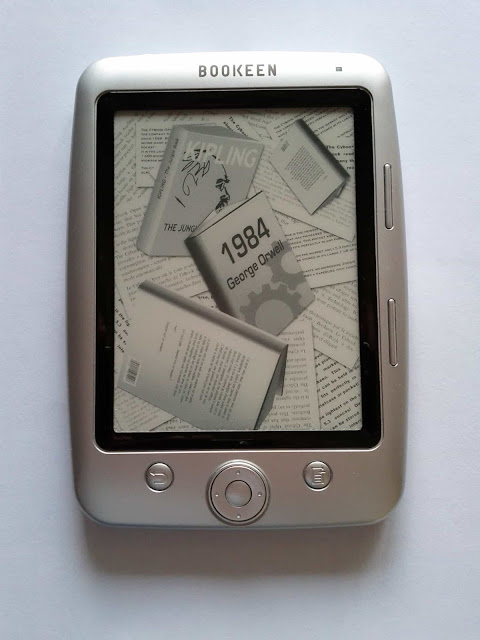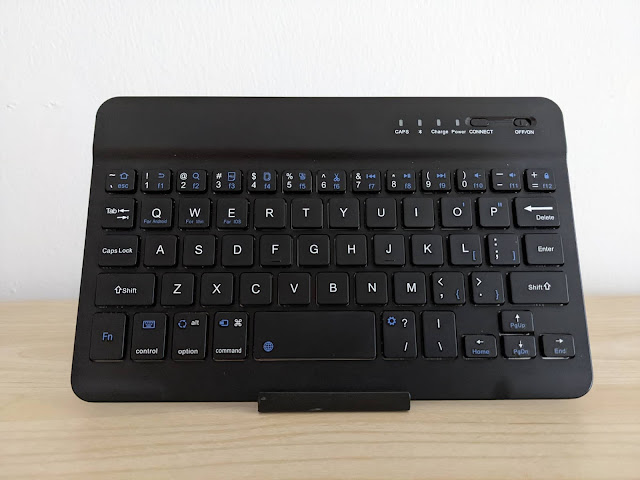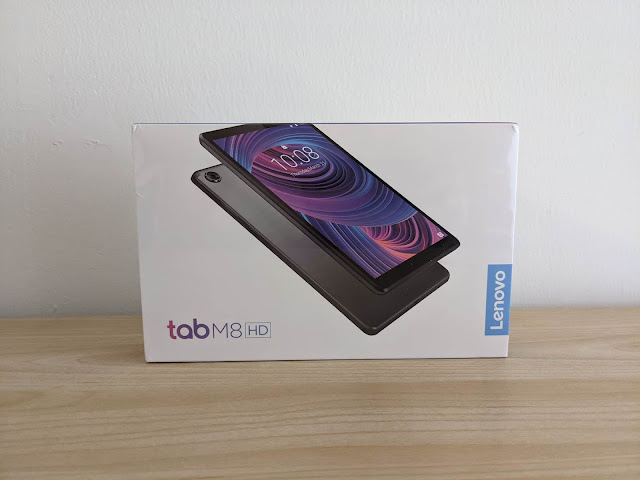My First 10 Years With Ebooks
Ten years ago, in July 2010, I left traditional print books for ebooks, and I haven’t looked back.
Over the past decade, I bought about 300 ebooks and half a dozen print books and read around a hundred free ebooks. Of these print books, two were very interesting but unavailable in digital format. I bought a couple other traditional books because friends wrote them or I contributed to works, so I wanted a tangible artifact as a memento or signed copy I could hold in my hands. Finally, I got the last couple of print books to give as presents.
My transition to ebooks and digital reading happened almost overnight. I never had regrets or second thoughts.
I regularly shared my experience with ebooks on Google+ and later on this blog where, in 2019, I posted a retrospective of my first 9 years with ebooks. The 10th anniversary is a suitable occasion to tell in some detail how the transition happened, what my experience with ebooks has been like, and what devices and tools I used.
Why I moved from print books to ebooks
Two unrelated circumstances led me to try ebooks.
As I aged, my eyesight worsened. Even with prescription glasses, reading printed paper felt increasingly uncomfortable. The text of most of the books was too small. And the hassle of finding the right lighting conditions sometimes discouraged me from even starting a reading session.
In July 2010 a friend bought an ebook reader, a Bookeen Cybook Opus 5” e-ink device. That little cheap gadget got my inner geek intrigued. I bought one to see what ebooks and digital reading were about, in the hope they would help me see text better.
My experience with ebooks
The ability to change the font size of ebooks and see text larger felt magical. I fell in love with reading again. I could do it for hours like in the good old days.
I was so impressed with the Cybook Opus and digital books I wrote a free ebook to tell my early experience: My Cybook Opus Ebook Reader: Adventures of a New User.
What sold me on ebooks? Versatility, instant delivery, and affordability.
The user experience and versatility of digital books were significant advantages over traditional ones. Along with the legibility and improvements in reading comfort, an entire library could fit into a device weighing less than a typical paper book.
Instant delivery is another strength of ebooks.
If you lived in the pre-Amazon dark ages, it could take bookshops months to deliver a book ordered from abroad. And, even with Amazon, shipping took days. Sure, if a book was in stock at a local bookstore I could walk away with the thing in my hands moments after purchasing it. But nothing beats instant as in digital downloads. This, in particular, made me feel how broken and obsolete the traditional book industry was.
Ebooks made me discover self-published indie writers, who price their works much lower than traditional publishers without sacrificing quality. I started buying more and cheaper indie ebooks. Which made the legacy book industry seem even more out of sync with the evolution of technology and markets. What publishers wanted was to protect their business no matter how this affected readers and authors.
In 2010 it wasn’t easy to find interesting books in digital format. I have narrow, niche interests and the digital selection was limited at first. Now there’s so much choice I will never be able to read a fraction of all the titles that interest me.
My ebook reading devices
The Cybook Opus gave its best with ePub files. To try Mobi ebooks and widen the selection of titles, I bought a Kindle 3 e-ink reading device.
Around the same time I approached ebooks, I also owned my first Android smartphones and tablets, which I used also with ebook reading apps. I realized not only mobile devices doubled as excellent reading devices, but were more versatile. I eventually set aside the dedicated ebook readers and used my Android devices more and more for reading.
I still use Android phones and tablets for reading ebooks with the Kindle and Google Play Books apps. Their killer feature is, unlike other ereading apps, they come with huge built-in ebook stores that don’t require sideloading. These days my favorite ereading device is my Lenovo Tab E7 7” tablet.
A decade later, I still comfortably read and enjoy thick digital tomes on small phone screens. Although e-ink is nice, I can read for long hours on brightly lit screens with no eye strain. Even on devices with low to average quality panels.
I’ve been reading ebooks for so long that holding and browsing a print book feels strange.



